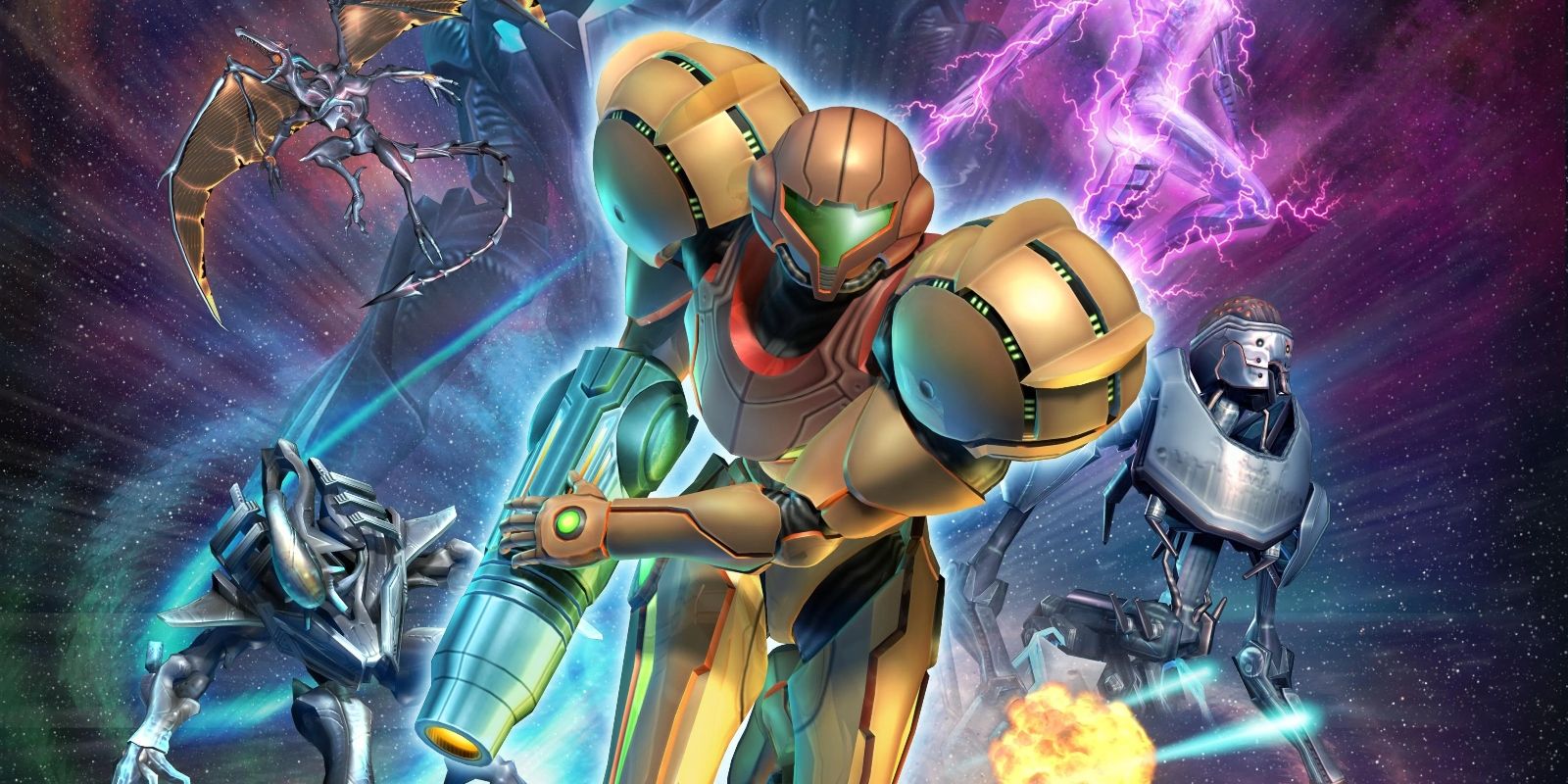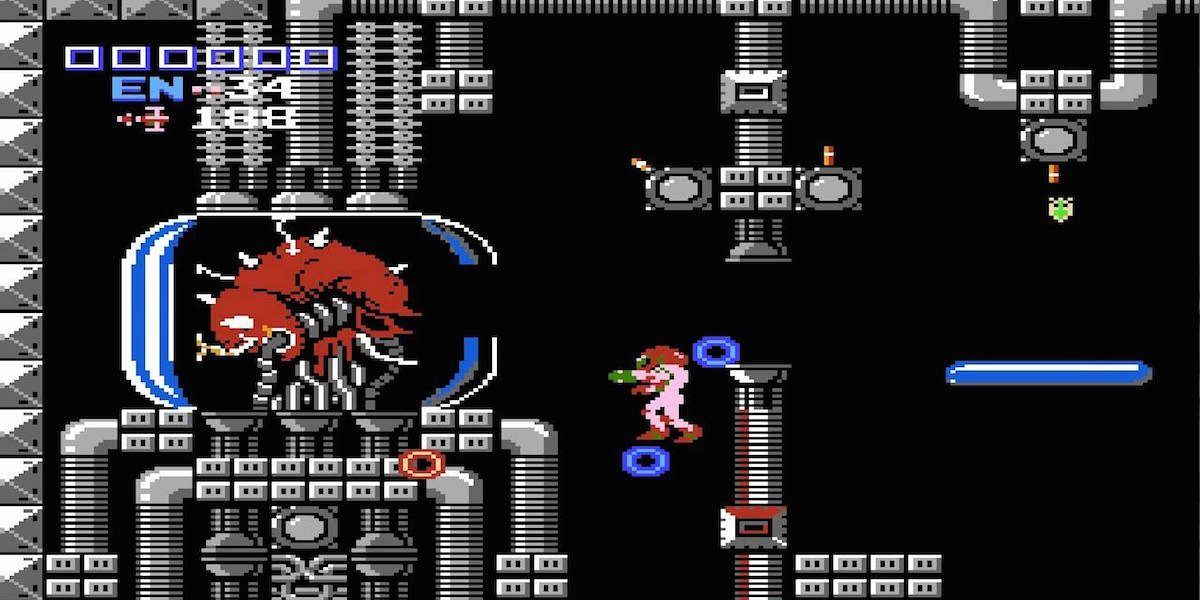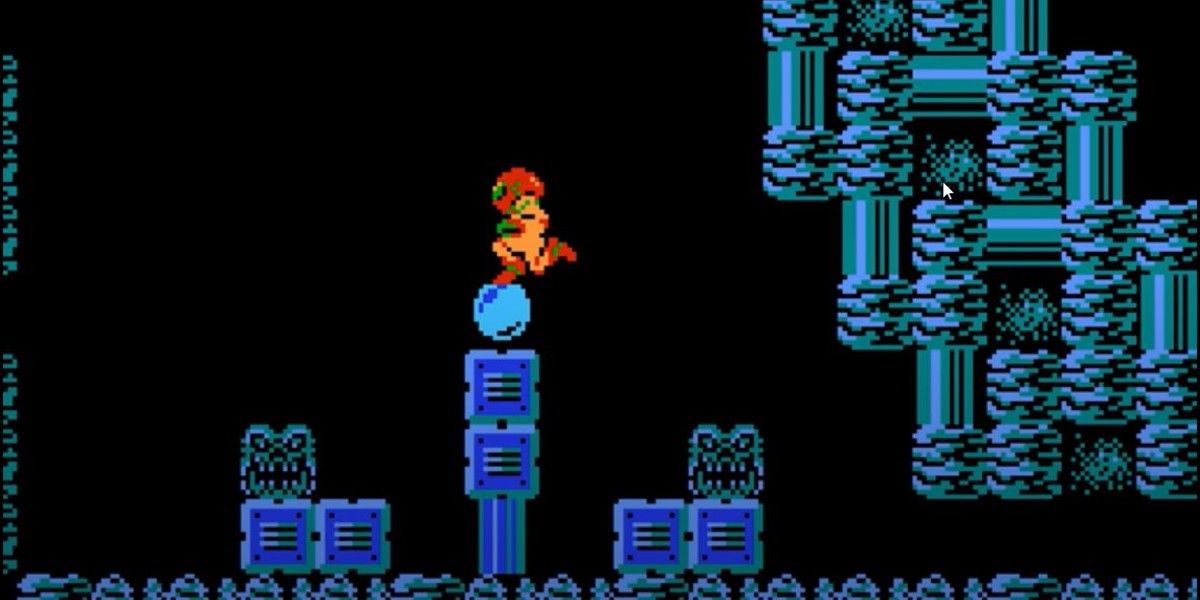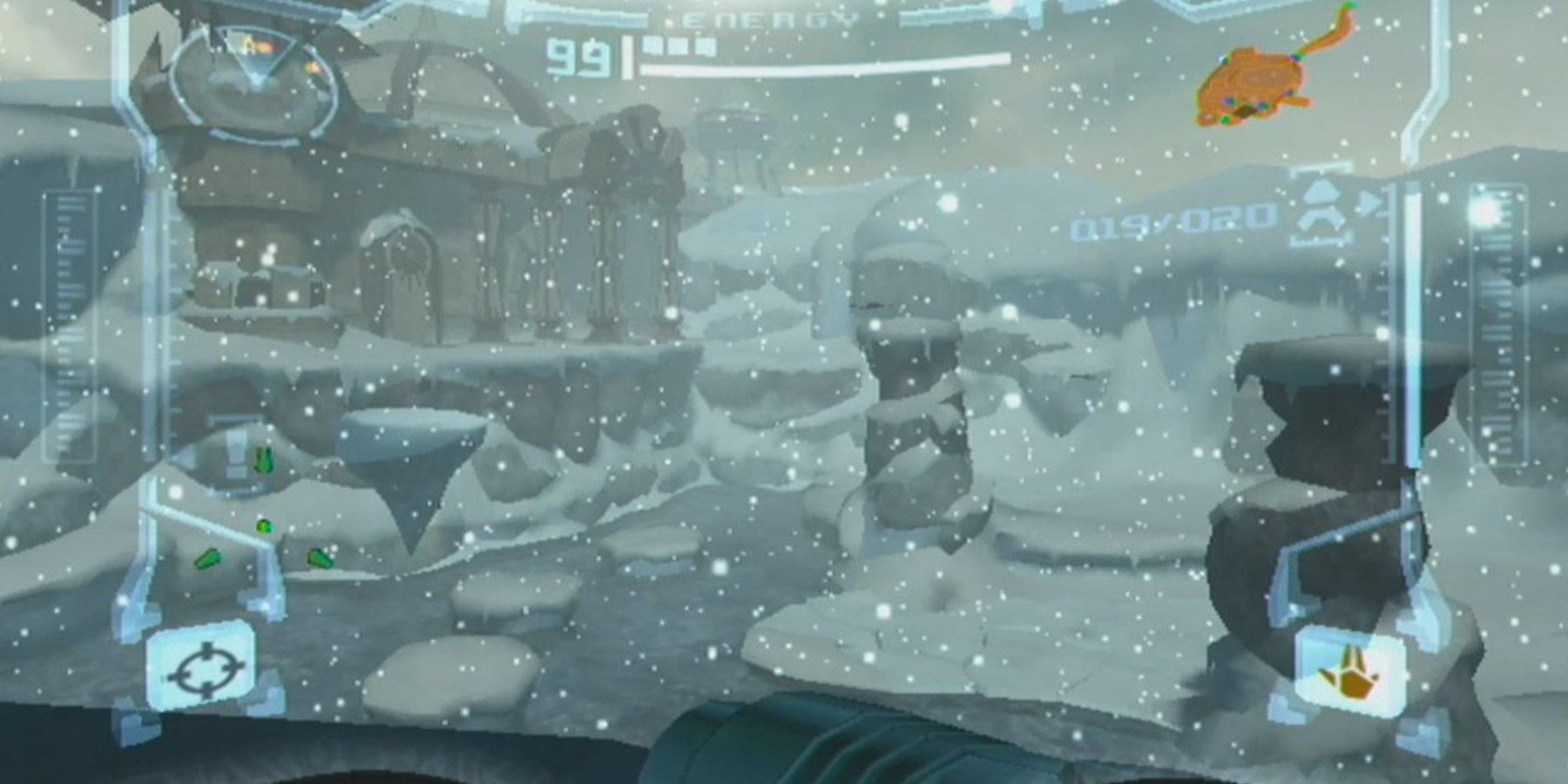In 1986, famed Nintendo designer Shigeru Miyamoto commissioned his fellow creators at Nintendo R&D1 and Intelligent Systems to create an action game that combined the side-scrolling platforming of Super Mario Bros. with the labyrinthian exploration of The Legend of Zelda. Produced by Gunpei Yokoi, this game would go on to become one of Nintendo's most hardcore, longest lasting and oft-neglected franchises -- Metroid, the third piece in what could be called Nintendo's trinity of influential first-party titles.
Metroid was revolutionary among not just Nintendo's iconic franchises, but to gaming as a whole. It was one of the first games to feature a female protagonist, one of the first games to popularize speed-running and among the oldest video game franchises to utilize then-complex visual storytelling.
The Metroid series has even birthed its own subgenre of action-adventure games -- the Metroidvania. These are games where players must explore a massive labyrinth of multiple environments, collecting items from one side of the map to another in order to progress and improve themselves in-game. Perhaps the first game to popularize this nickname is Konami's Castlevania: Symphony of the Night, which departed from older Castlevania games' linear style to the more open-ended, fully explorable castle.
Castlevania would not be the last game affected by the Metroid touch. Many games, such as Batman: Arkham Asylum, Carrion and even Doom Eternal, would utilize a complex map, encouraging the player to explore for new upgrades and abilities to progress, as well as artifacts and notes that expand the lore and build the world around them.
When Metroid was being developed, most games were heroic, uplifting action-adventure games like Mario and Zelda. In contrast, from the title screen alone, Metroid establishes itself as a surreal, almost horror-like experience. Simplistic but dissonant notes play starkly against the cold of space, booming into an adventurous and hopeful chorus that acts as a contrast, telling the player that even though it might be scary, adventure still awaits them.
In Metroid, exploration is the name of the game. Despite the left-to-right side-scrolling format that matched games like Mario, the first thing that the player must do to progress is not to go right, but to go left to collect the Morph Ball, allowing Samus to transform into a ball that can travel into tight corners. The game features a simple, but effective plot: bounty hunter Samus Aran is tasked to head to the planet Zebes and stop the supercomputer Mother Brain and her nefarious Space Pirates from unleashing the threat of the Metroids, life-sucking alien creatures that are invulnerable to most conventional forms of weaponry.
Director Yoshio Sakamoto cited Ridley Scott's Alien as a major source of inspiration that influenced everything from creature and level design to its atmospheric music to even the reveal that Samus is a woman, which is similar to Ellen Ripley being the true protagonist and survivor of Alien. Examining other elements of the game make the film's influence readily apparent. The Metroids are effectively facehuggers in function, Samus' nemesis Ridley has elements of a xenomorph body and the Chozo statues vaguely resemble the Engineer precursors that the Nostromo found the xenomorph eggs on. The heavy influence of such a horrifying R-rated movie on a Nintendo game sounds almost unthinkable today.
While finishing games as quickly as possible as a form of competition was already a trend when Metroid came out, Metroid was unique at the time in that beating it under a certain amount of time was tied directly to the gameplay. The game's ending actually changes the faster the player completes it. Players who get through the game in two hours or less are treated to the reveal that the cybernetic seemingly masculine hero was actually a human woman.
This was partially marketing ploy, as it was clear Nintendo wasn't confident an action game could be carried by a female protagonist. But as Metroid's sequels show, and as other games like Street Fighter II and Tomb Raider would eventually demonstrate, this kind of thinking was folly. Regardless of Samus' gender, Metroid was a success and helped establish the speedrunning community in which players use a variety of methods to complete games quickly.
Graphically, Samus has always had fluid, floaty animations. Her somersaults provide a sense of her fantastic agility, but her arm-cannon posture always maintains a dignified weight and power. The environments she finds herself in are almost never familiar to the human eye, with alien settings of bubbling platforms and meteoric rocks establishing the series' signature isolation. Samus is often alone with few, if any, allies in these games.
Even as the series made the leap to the third dimension, the departure from 2D side-scroller to first-person shooter was not so much a departure as it was an evolution. Metroid Prime is both a technical achievement for the GameCube and an artistic masterpiece in gaming, with atmospheric lighting and elements such as screen-fogging, snowfalls and steam creating an immersive experience that rivals games of the early 2010s, perhaps even games made today. As a long-running Nintendo series that has inspired so many games which followed in its footsteps, Metroid is just as influential as Mario and Zelda are, and it is a shame that the series is not quite as well known or respected as the other two A-list Nintendo games in this trinity.




